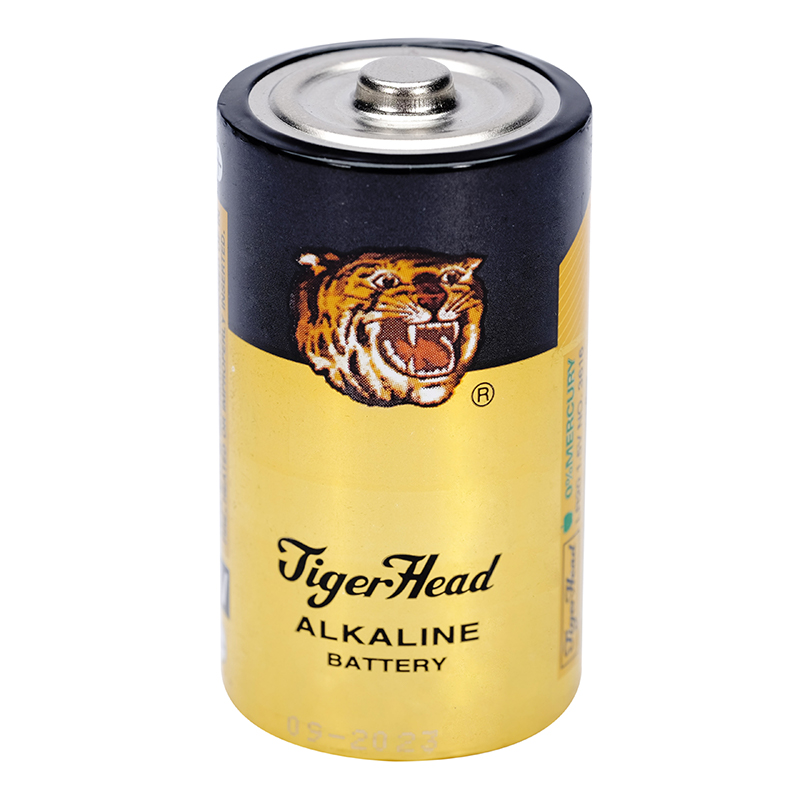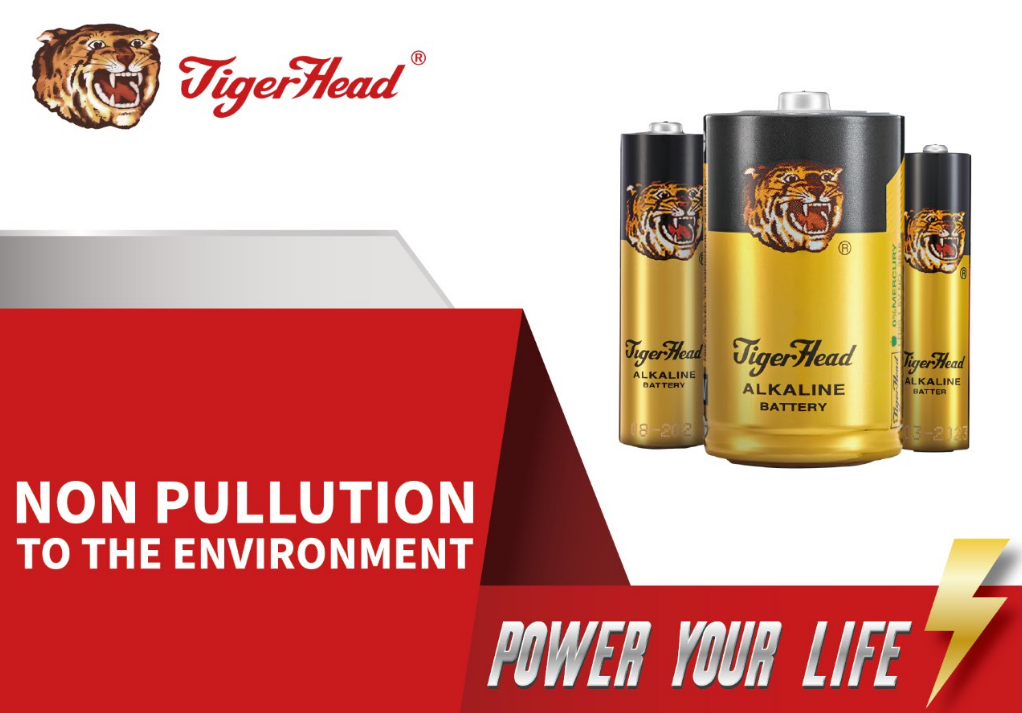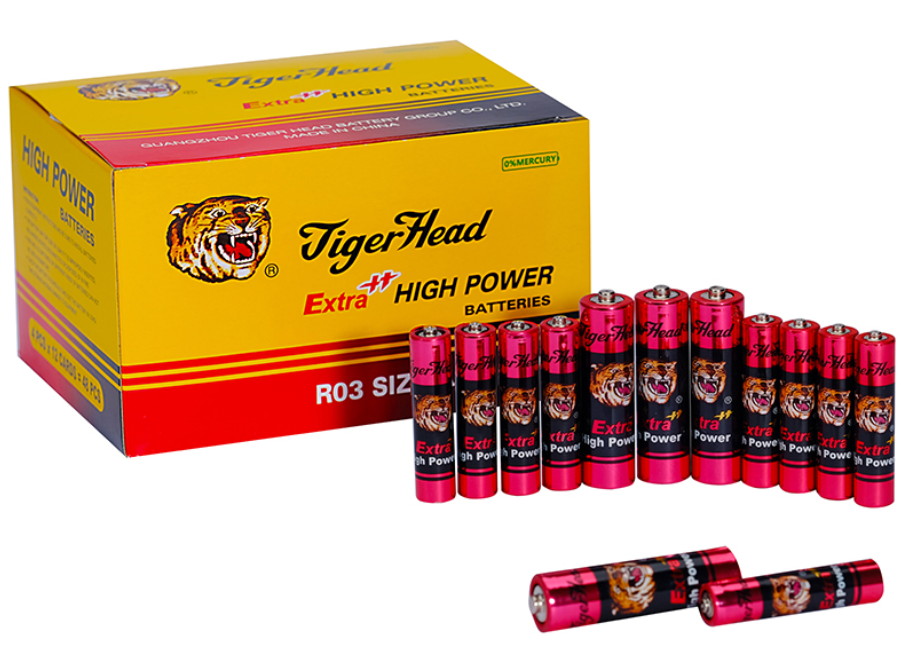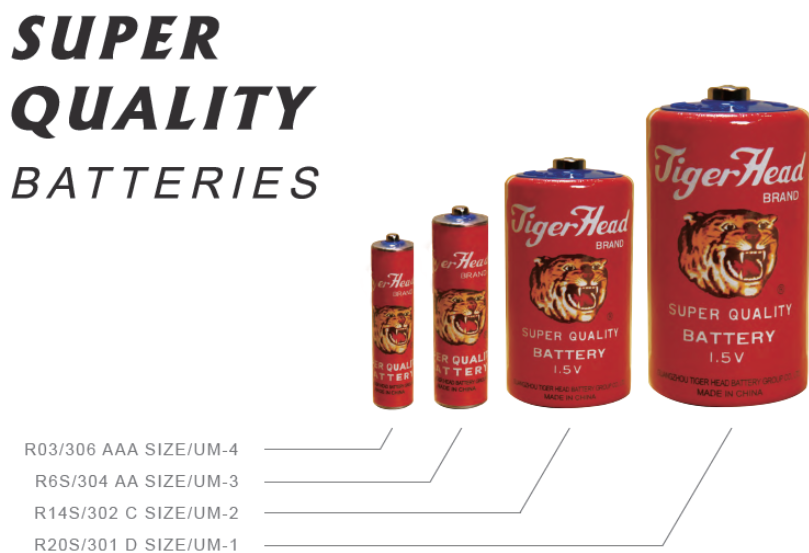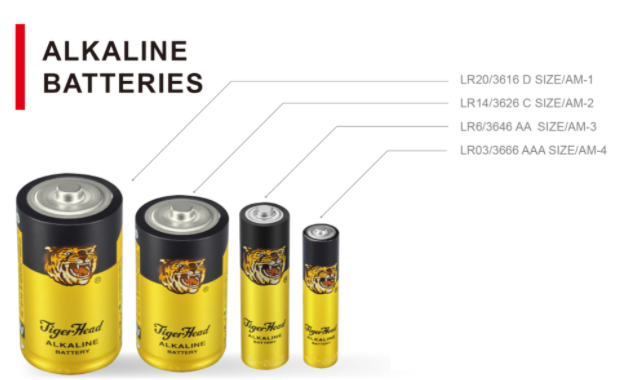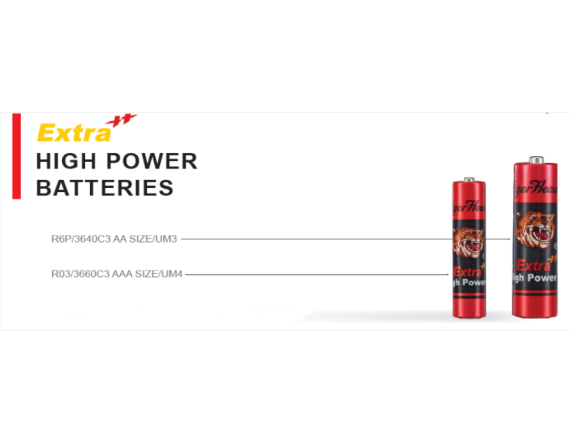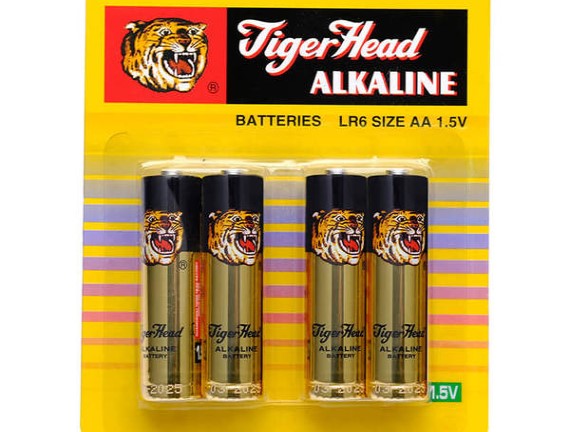Advantages of solar battery over traditional batteries
1. Long service life. The life of crystalline silicon solar cells can be as long as 20-35 years. In the photovoltaic power generation system, as long as the design is reasonable and the selection is a
Read MoreIntroduction to the advantages of solar battery
1. Solar energy resources are inexhaustible and inexhaustible. 2. Green and environmental protection. Photovoltaic power generation itself does not require fuel, does not emit carbon dioxide, and d
Read MoreHow to Use Dry Battery Properly
Dry batteries are a common energy source in our lives, such as alkaline battery and carbon-zinc battery. Many small household appliances or portable digital products require dry batteries to prov
Read MoreBasics of the Alkaline Battery
Alkaline batteries, also known as alkaline dry batteries, alkaline zinc-manganese batteries, and alkaline-manganese batteries, are the best-performing varieties in the series of zinc-manganese batteri
Read MoreWhat are the advantages of a carbon zinc battery?
The positive and negative electrodes of the carbon-zinc batteries are composed of manganese dioxide and zinc metal respectively, and there is a porous carbon rod in the center of the battery. The
Read MoreHow long do carbon zinc batteries last?
Carbon-zinc batteries are one kind of non-rechargeable batteries. There is no cycle life for these batteries either. Normally, the shelf life of carbon-zinc battery is 1-3&nbs
Read MoreAlkaline battery vs. Carbon zinc battery
Carbon zinc batteries and alkaline batteries are commonly used in our daily life, and how do you know which to choose? The main difference between a zinc battery and an alkaline battery is t
Read More2 Hot Sale Carbon-zinc batteries of Tiger Head
Carbon-zinc batteries provide direct current through the electrochemical reaction between zinc and manganese dioxide, giving the cell its name. It is a dry cell primary battery, which generates a
Read MoreWhy Are Dry Batteries not Sorted as Hazardous Waste?
A dry battery is also a called manganese-zinc battery or carbon-zinc battery. It is a device that relies on manganese dioxide, zinc, and electrolyte to obtain current. It is a primary batter
Read More

